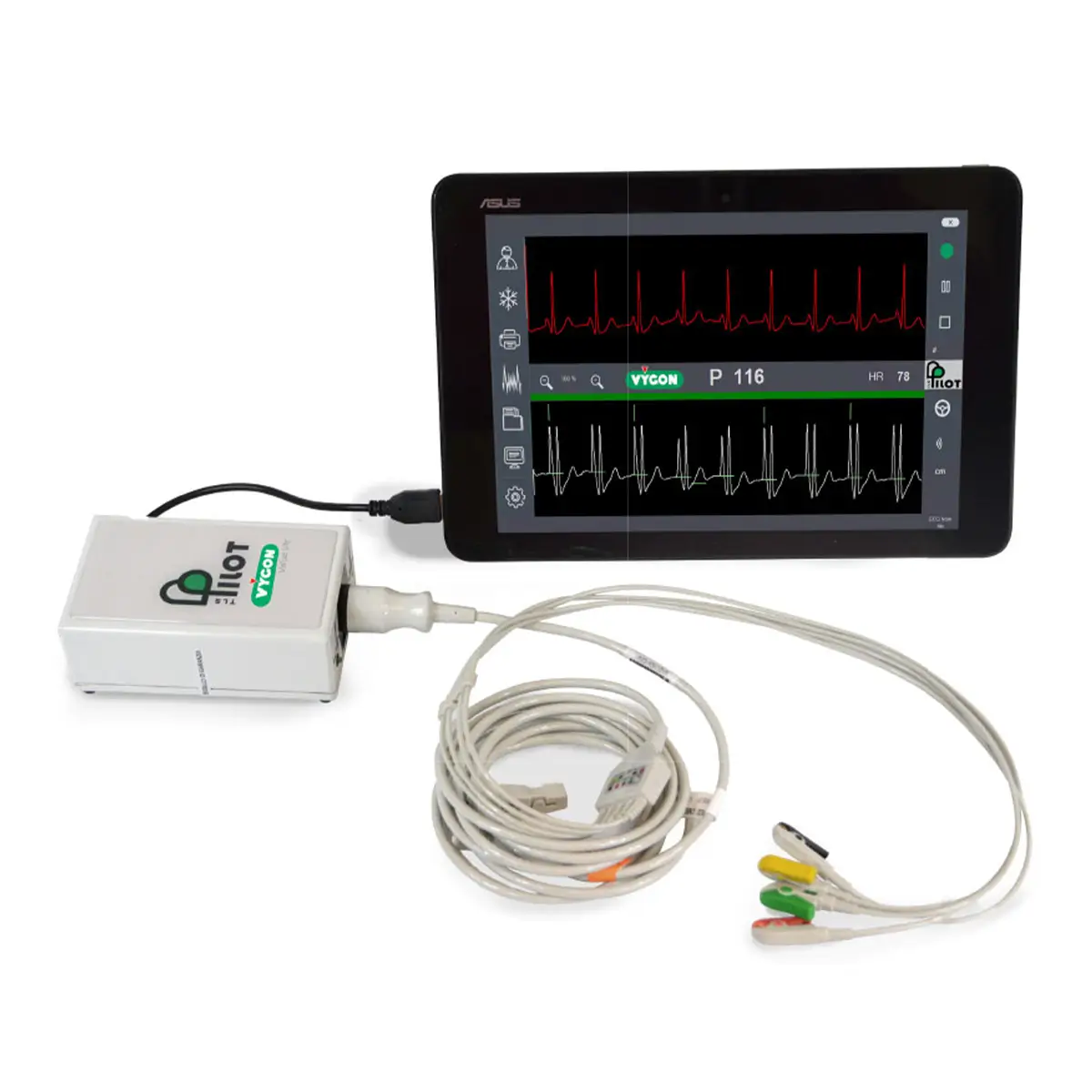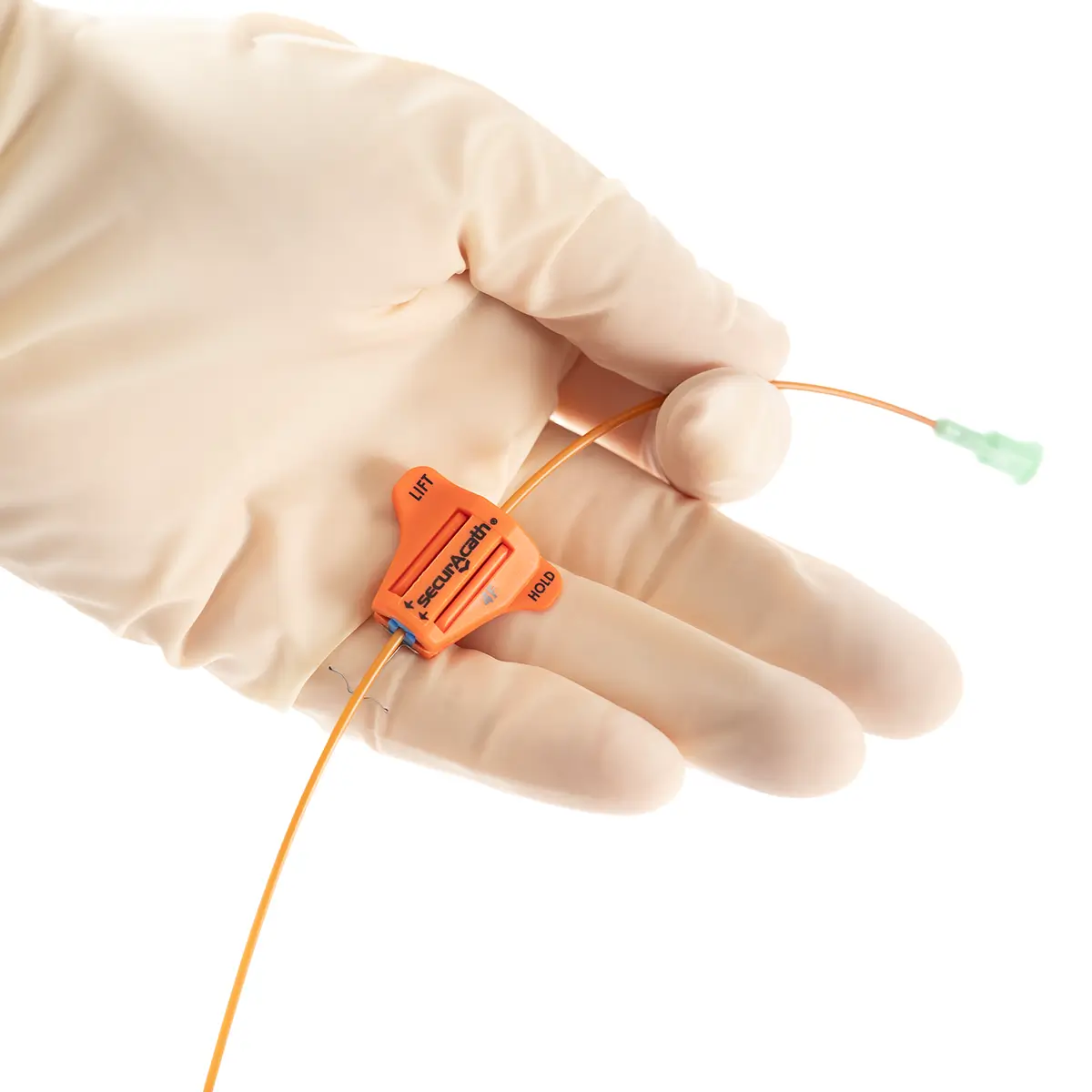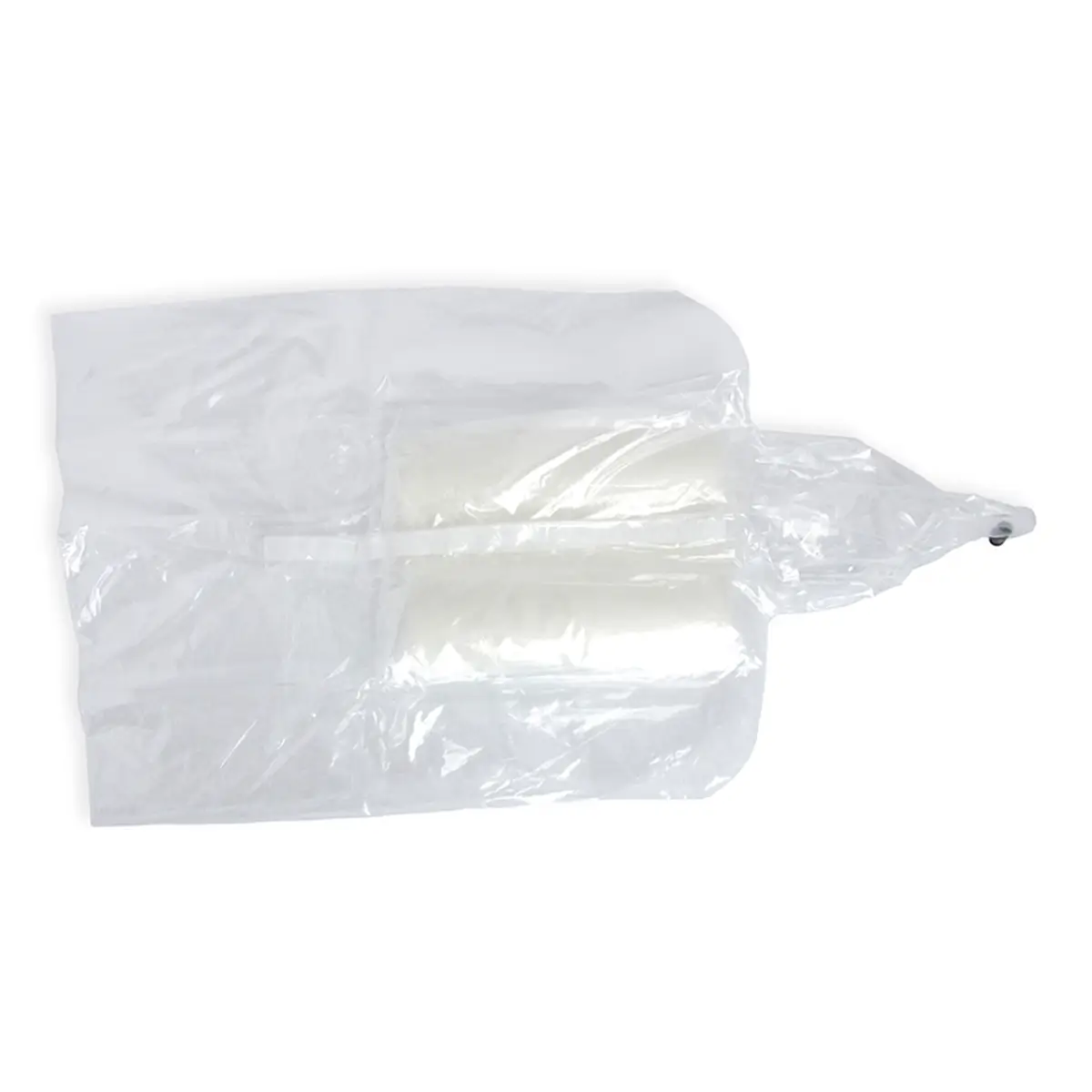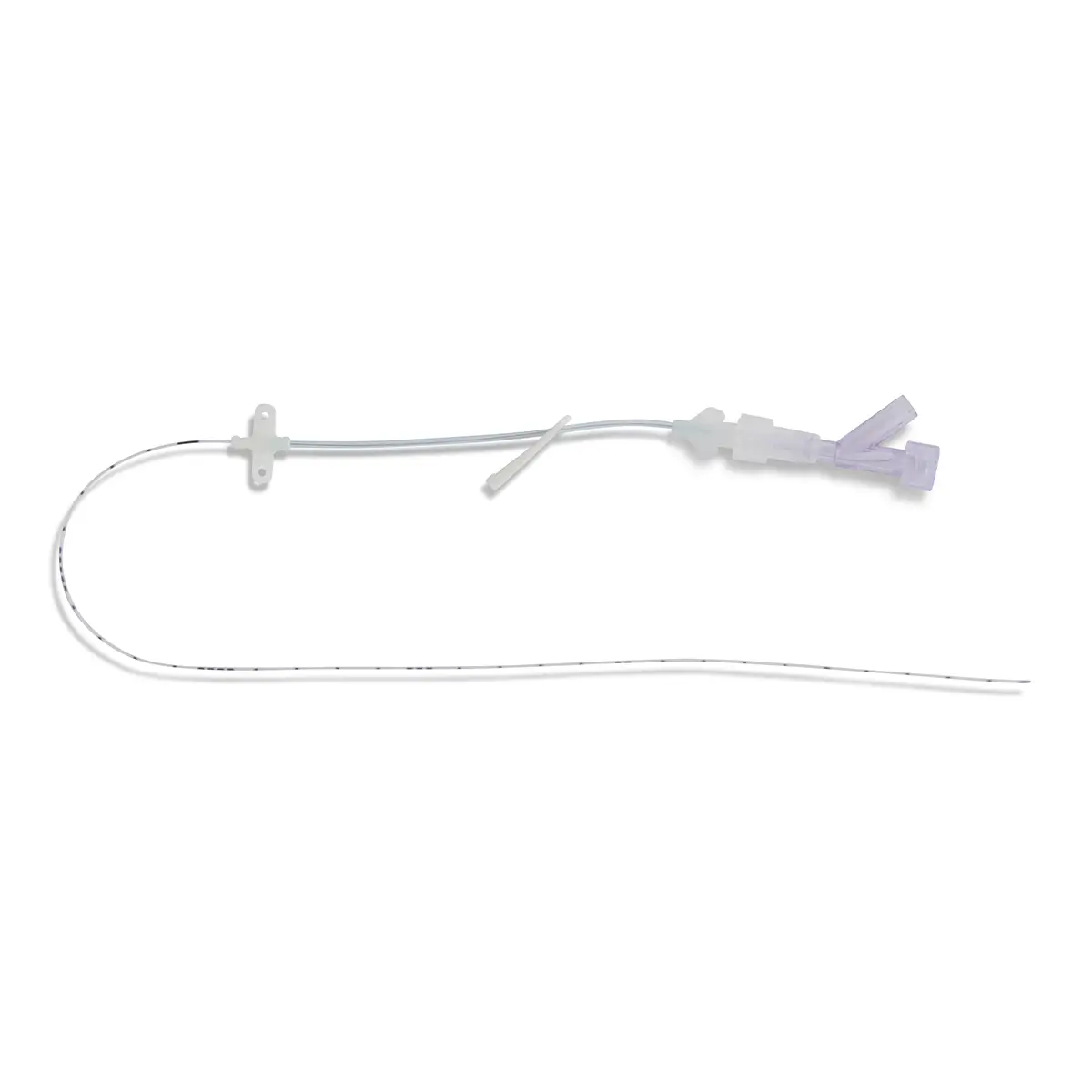Enteral nutrition for preterm babies: the importance of having a device designed for neonates

Nutrition is important in neonatal care, with precise dosages and clean delivery systems being crucial for the health of newborns.
Administering accurate medication dosages is a vital task, as even minor variances can have significant repercussions on our smallest, most vulnerable patient group. However, another potential danger to neonates is the cleanliness of their orogastric and nasogastric tubes.
Challenges Surrounding Connector Hygiene:
Contaminated connectors pose a grave risk of infection, particularly as vulnerable neonatal populations have underdeveloped immune systems.
Enteral feeding connectors, although designed to enhance safety and prevent misconnections, present challenges in terms of thorough cleaning. Their intricate structure and tight tolerances make manual cleaning arduous and can result in a build-up of ‘sticky residue’, raising concerns about the efficacy of disinfection practices.
GESDA recommends that ENFit™ tubes and caps should be cleaned each day and anytime there is medicine or feeding build up1, but studies show that that even if a rigorous cleaning procedure is followed thoroughly, only 31% of connectors are residue free2.
The alternative:
Introduced in 2005, Nutrisafe2™ is and enteral feeding connector specifically designed for neonates. The connector's smooth surfaces and accessible geometry eliminate the need for thorough cleaning, ensuring that no residue or pathogens accumulate within its components. Engineered to be 30% smaller, the risk of microbial contamination is minimised, improving workflow and safeguarding the health and wellbeing of neonates.
Is the accuracy of ENFit™ connectors suitable for newborn babies?
Variances from the prescribed dose of medication is potentially dangerous and can lead to complications such as respiratory distress, cardiovascular problems and increased drowsiness.
Accuracy is particularly crucial in the NICU setting, as even the smallest discrepancy can have significant implications, and reports of displacement state that even when using an ENFit™ Low Dose Tip (LDT), 0.120ml of drug could be in the deadspace of the syringe, which in some cases could be the entire dose.
“The volume of the displacement when making a connection also matters. In a 500g newborn infant, enteral drugs are often prescribed in volumes as small as 0.1 ml or even 0.01 ml” 3.
Laboratory testing shows that a mid-tolerance ENFit™ connector pair in a female-to-male orientation displaces an average volume of 0.148 ml of fluid (over-dosing of 0.148 ml)4 and on 12 October 2021, the FDA published a safety communication on LDT syringes relating to a risk of drug over-dosing with the ENFit® LDT, based on a simulation carried out by ANDHEO5, a specialised independent company, revealing over-dosing of 0.120 ml.
A large-volume displacement, as indicated in ISO 80369-3, cannot be tolerated and therefore it is necessary to use a system specially designed for neonates in order to ensure accuracy when administering small dosages.
“I think one of the main reasons that we’ve stuck, as a unit, with Nutrisafe2 is, really the key is accuracy. We know with proven research that this tube and the syringes provide the most accuracy, therefore quality and safety to our patients and we want to keep delivering that high quality of care that we give to our patient population.”
Emma Smith, Lead Neonatal Educator, Queen Charlotte’s & Chelsea Hospital, Imperial College Healthcare Trust
The Solution
Because Nutrisafe2™ is specifically designed for neonates, it has a greater dosage accuracy when compared to the ENFit™ and ENFit™ LDT. Studies show, the fluid displacement in Nutrisafe2 is 0.03ml and promotes a 95% acceptable dosing variance.6
By addressing the critical needs of neonatal nutrition, Nutrisafe2 empowers healthcare professionals to deliver optimal care to their tiniest patients with confidence and peace of mind.
References
1) ENFit Cleaning Procedures All Tubes – Stay Connected® by GEDSA™ 2018
2) Lyman, B., Rahe, K. L., Keeler, D., Sherman, A. K., & Abdelhadi, R. A. (2020). Randomized Controlled Trial Assessing the Effectiveness of Two Cleaning Regimens for ENFit® Connectors. Medsurg Nursing, 29(6), 401- 406
3) Extract of ISO 80369-3 - Annex E - §E.5 Generic user needs
4) Extract of ISO 80369-3 - Annex A - Subpopulation within the enteral clinical application
5) Study on the over-dosing risk of the « ENFit Low Dose Tip » syringe during its use. Vygon and ANDHEO, (2018)
6) O’Mara K, Campbell C, O’Mara R. Comparison of Dosing Accuracy Between the ENFit LDT and a Neonatal- Specific ISO-Compliant Enteral Syringe. J Pediatr Pharmacol Ther. 2023;28(3):255-261. doi: 10.5863/1551-6776- 28.3.255. Epub 2023 Jun 2. PMID: 37303768; PMCID: PMC10249973
About Vygon
We are a leading supplier of medical and surgical devices dedicated to helping clinicians deliver the best possible outcomes for their patients. Our reputation for delivering high quality products is supported by our resolve to provide excellent customer service at whatever level is required. Our comprehensive training and education programme is committed to building clinical competencies, knowledge and expertise whilst Vygon’s skilled Technical Team focuses on providing workable solutions to a wide range of practical queries. We take particular pride in our partnerships with hospitals and Trusts all over the UK where we work closely with both healthcare and procurement professionals to combine clinical effectiveness and financial efficiency.






























